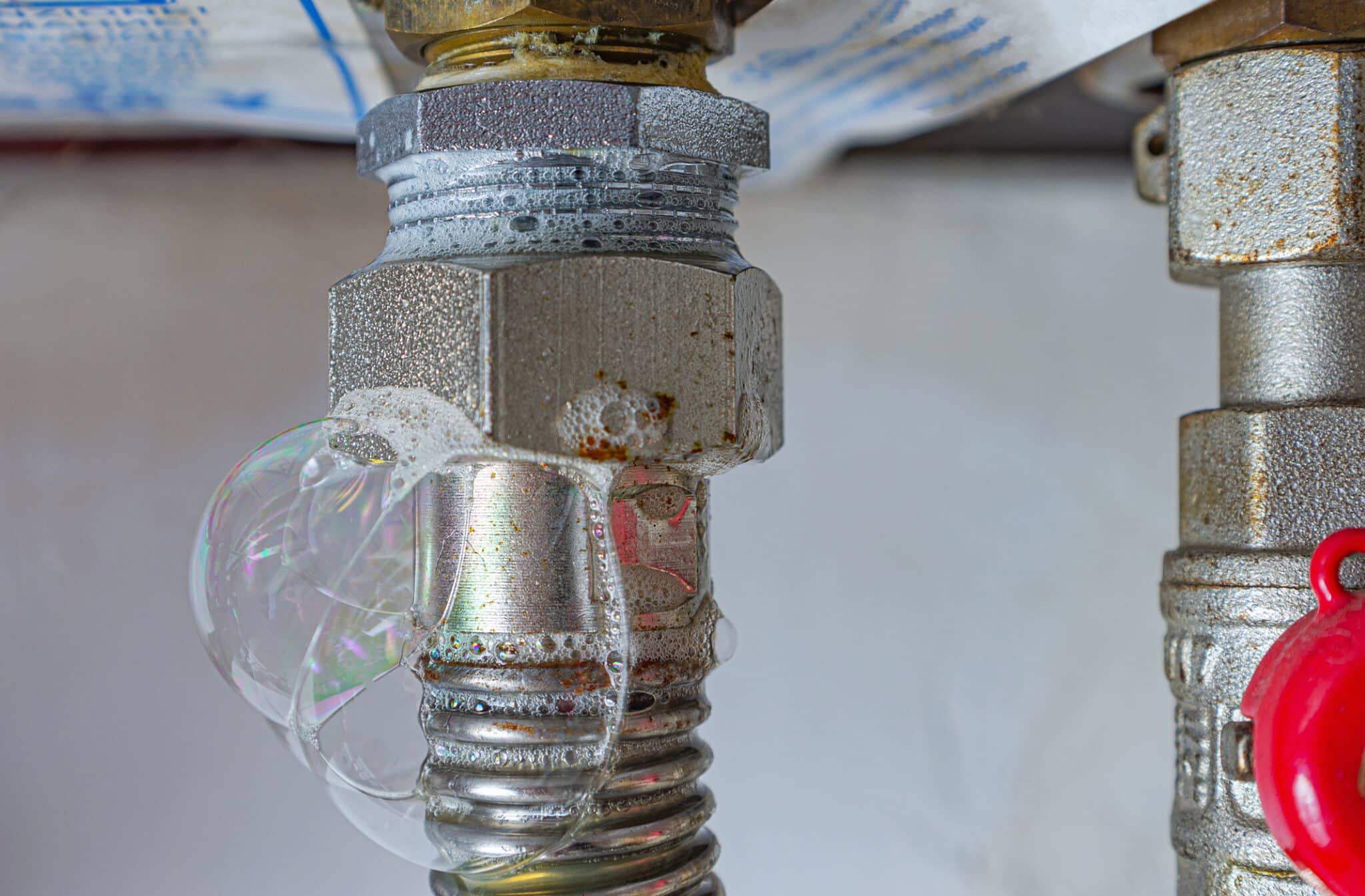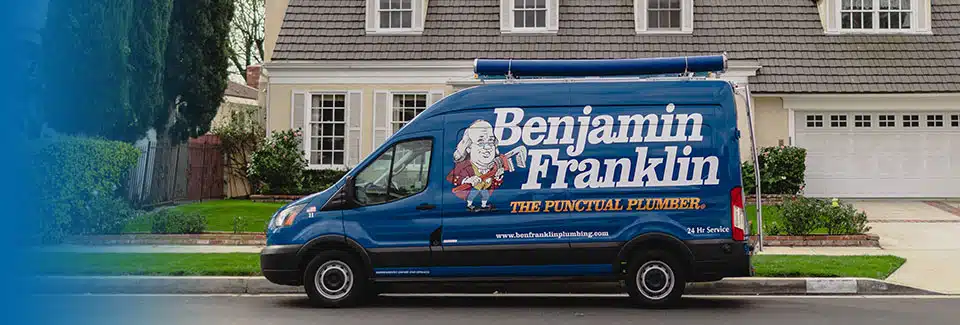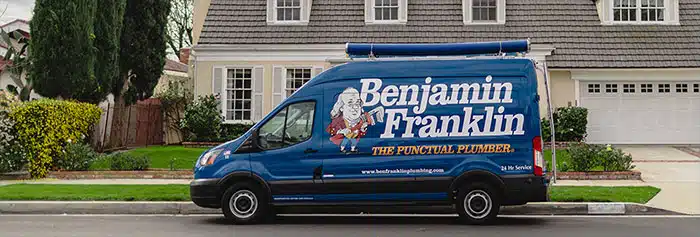Gas leaks pose a significant risk to residents in Phoenix, AZ, making it essential to understand and implement effective gas leak protocols. These safety measures are not just about responding to leaks but also about preventing them to ensure the safety and well-being of all community members. By staying informed about the right protocols, Phoenix residents can significantly mitigate the risks associated with gas leaks, protecting their homes and loved ones.
Understanding gas leak protocols involves recognizing the signs of a leak, such as the smell of rotten eggs, a hissing or whistling sound near gas lines, or visible damage to a gas pipe. Immediate action can prevent a minor issue from becoming a major hazard. Awareness and education on these signs are crucial for every household to maintain safety and quick response times.
Moreover, preventive measures play a vital role in gas leak protocols. Regular maintenance checks by qualified professionals can catch potential problems before they escalate. Residents should ensure that their gas appliances and connections are inspected annually to avoid any leaks that could lead to dangerous situations.
Lastly, the community’s role in enhancing safety through gas leak protocols cannot be overstated. Neighbors looking out for one another and reporting suspicious signs can help prevent disasters. Engaging in community safety programs and workshops can further strengthen the collective knowledge and preparedness of Phoenix residents, making the city safer for everyone.
Understanding Gas Leak Protocols
When a gas leak is suspected, immediate action is crucial. Phoenix residents should first ensure their safety by evacuating the area without turning on lights or using anything that might ignite the gas. It’s vital to leave doors open as you exit to help dissipate the gas. Once safely outside, contact emergency services or the gas company from a safe distance to report the leak.
Upon reporting a gas leak, it’s important not to re-enter the home until it has been declared safe by professionals. Gas leak protocols emphasize that no one should attempt to locate the source of the leak themselves. This is a task for trained and equipped professionals who can safely assess and repair the issue. Residents should wait for confirmation from these experts before going back inside.
Educating the community on gas leak protocols can significantly enhance safety measures. Workshops and training sessions are effective ways to disseminate this information. These events can teach residents how to recognize the early signs of a gas leak and the steps to follow if one is detected. Such knowledge is invaluable and can potentially save lives.
Lastly, fostering a culture of safety within neighborhoods is essential. Residents of Phoenix, AZ, can play a proactive role by participating in local safety initiatives and sharing information about gas leak protocols. By working together, communities can create a safer environment where everyone is prepared to act correctly during a gas leak incident, thereby minimizing potential hazards.

Common Causes of Gas Leaks in Phoenix Homes
Understanding the common causes of gas leaks in Phoenix homes is crucial for enhancing gas leak protocols and ensuring safety. Many leaks result from aging infrastructure, where old pipes and fittings deteriorate over time, leading to escapes of gas. Phoenix, AZ, with its varied range of home ages, is particularly susceptible to this issue. Regular inspections and maintenance are essential to identify and address these vulnerabilities before they develop into serious hazards.
Another prevalent cause of gas leaks is improper appliance installation or maintenance. Appliances like stoves, heaters, and dryers must be installed by professionals and routinely checked to ensure they are functioning correctly. Faulty installations can lead to loose connections, which are significant risks for gas leaks. Residents should follow manufacturer guidelines and seek professional help for installation and maintenance to adhere to effective gas leak protocols.
External factors also contribute to gas leaks in residential areas. Incidents such as construction work near homes can inadvertently damage gas lines. Additionally, extreme weather conditions, typical in desert climates, can stress gas infrastructure. Awareness of these risks and incorporating preventive measures into gas leak protocols can significantly reduce the likelihood of leaks.
Lastly, human error remains a notable cause of gas leaks. This can include accidentally hitting a gas line during DIY home projects or neglecting to turn off a gas stove completely. Educating the community on the importance of cautious behavior around gas utilities and the implementation of robust gas leak protocols can help mitigate these risks. By understanding these common causes, Phoenix residents can better safeguard their homes and loved ones from potential gas leaks.
How to Detect a Gas Leak: Signs and Symptoms
Detecting a gas leak early is crucial for the safety of residents in Phoenix, AZ. One of the most recognizable signs of a gas leak is the distinct smell of sulfur or rotten eggs. This odor is added to natural gas, which is odorless by nature, as a safety measure to alert individuals to leaks. If you detect this smell in your home, it’s a clear indicator that you need to act swiftly and follow established gas leak protocols.
Another sign that can suggest a gas leak is an unusual hissing or whistling sound near your gas lines or appliances. This sound could indicate that gas is escaping from its intended path. Observing your gas appliances for any unusual or unexplained flames or pilot lights that frequently blow out can also be indicative of a leak. These physical signs are important to monitor regularly as part of effective gas leak protocols.
Physical symptoms in individuals can also indicate a gas leak, especially if they appear suddenly. Symptoms such as dizziness, fatigue, nausea, or headaches when at home could suggest exposure to natural gas or carbon monoxide, which is a byproduct of incomplete combustion in gas appliances. If these symptoms disappear when you leave your home, it’s advisable to consider a gas leak as a potential cause and respond according to gas leak protocols.
Lastly, checking for visible signs such as dead or dying vegetation around your gas line could indicate a leak underground. Since natural gas restricts oxygen availability to plants, patches of dead vegetation could be a tell-tale sign of a gas leak. Being observant of these signs and knowing how to respond can greatly enhance safety and adherence to gas leak protocols, ensuring that you and your loved ones remain safe.
Immediate Steps to Take When a Gas Leak is Detected
When a gas leak is detected in your home, immediate and decisive action is essential to ensure safety. First and foremost, do not attempt to locate the source of the leak yourself. This can be dangerous and should be left to professionals. Instead, focus on evacuating the premises quickly and safely. As you leave, avoid using any electrical switches, appliances, or anything that could generate a spark, as this could ignite the gas.
Once you are safely outside, it is crucial to contact the appropriate emergency services or your gas provider to report the leak. Use a phone that is a safe distance from your home to avoid any risk of ignition. It’s important to clearly communicate your location and the nature of the issue. In Phoenix, AZ, local authorities and service providers are equipped and ready to handle such emergencies, ensuring that they can respond swiftly and effectively.
While waiting for professional help, prevent others from entering the affected area. If possible, alert your neighbors about the situation, especially if you live in close proximity to other homes. This will help prevent accidental exposure to the gas leak and ensure the safety of your community. Keep a safe distance from the building until you receive confirmation from professionals that it is safe to return.
Upon the arrival of emergency services or gas company professionals, follow their instructions carefully. They will assess the situation, perform the necessary repairs, and ensure that your home is safe before allowing you to return. Adhering to these gas leak protocols not only protects you and your family but also helps prevent potential disasters in your community.
How to Safely Evacuate During a Gas Leak
When a gas leak occurs, knowing how to safely evacuate is a critical part of gas leak protocols. For residents of Phoenix, AZ, it’s important to have a clear and practiced evacuation plan. This plan should include identifying multiple exits from your home or building to ensure that you can quickly and safely leave the area. Each member of your household should be familiar with these exits and the main meeting point outside your home.
During the evacuation, it’s crucial to maintain calm and avoid actions that could exacerbate the situation. Do not use elevators as they could trap you inside or spark an ignition. Instead, use stairs to exit the building. Teach children and other dependents to cover their noses and mouths with a cloth to avoid inhaling gases. Such precautions are integral parts of effective gas leak protocols and can significantly reduce risks during evacuation.
Communication is key during any emergency evacuation. Before a gas leak occurs, discuss with your family how you will communicate your whereabouts once outside. Designate someone to be responsible for pets or special items, if safe to do so. Once evacuated, use a cellphone or neighbor’s phone to contact emergency services, informing them of the leak and your location. This step is crucial in ensuring that help arrives as soon as possible.
After reaching safety, do not re-enter the building until it has been cleared by professionals. This adherence to gas leak protocols can be the difference between safety and disaster. Emergency responders will check the premises thoroughly and ensure that it’s safe before anyone is allowed back inside. Waiting for their go-ahead ensures that the risk of injury or worse is minimized, keeping everyone safe.
The Role of Emergency Services in Gas Leak Situations
In Phoenix, AZ, the role of emergency services is paramount when addressing gas leak incidents. These trained professionals are the first responders who ensure public safety and manage the situation with precision. Their expertise in gas leak protocols allows them to quickly assess and control the area, preventing any potential disasters. Residents are advised to rely on these authorities rather than attempting to handle gas leaks themselves, ensuring that the situation is managed safely and effectively.
Emergency services in Phoenix are equipped with the necessary tools and technology to detect and rectify gas leaks. Upon arrival, they use specialized equipment to measure gas levels and locate the source of the leak. This swift action is crucial in mitigating risks associated with gas exposure. Their prompt response is a critical component of effective gas leak protocols, ensuring that the leaks are handled before they can escalate into more severe problems.
Moreover, communication between emergency services and residents is a key aspect of managing gas leaks. These professionals not only focus on addressing the immediate danger but also on informing and reassuring the affected community. They provide clear instructions on when it is safe to return to the premises and any further steps that might be required. This communication is vital to maintain calm and order during such high-stress situations.
Lastly, the ongoing training and readiness of emergency services are what make them so effective in handling gas leaks. Regular drills and updates on gas leak protocols ensure that they are prepared to act swiftly and efficiently whenever called upon. Their readiness and skilled response are crucial in protecting the residents of Phoenix from the dangers posed by gas leaks, making them an indispensable part of community safety.
Preventative Measures to Avoid Gas Leaks
Preventative measures are essential in maintaining safety and minimizing the risk of gas leaks in homes throughout Phoenix, AZ. One of the most effective strategies is the regular maintenance of gas appliances and infrastructure. It’s crucial for residents to schedule annual inspections with certified professionals who can identify and rectify potential hazards. These inspections can prevent the deterioration of gas lines and appliances, which is a common cause of leaks.
Another significant preventative measure involves the proper installation of gas appliances. Ensuring that stoves, heaters, and dryers are installed by qualified technicians can greatly reduce the risk of leaks. These professionals follow strict safety standards and manufacturer guidelines, which are designed to secure connections and ensure proper ventilation. Residents should resist the urge to self-install appliances, as improper installation is a leading cause of gas leaks.
Educating residents on gas safety is also a cornerstone of effective gas leak protocols. Offering regular workshops and safety training sessions can empower individuals with the knowledge they need to recognize and react to potential gas leaks. Awareness campaigns can focus on the importance of quick shut-off procedures, the dangers of DIY interventions on gas systems, and the steps to take if they suspect a leak. This education is vital in fostering a proactive approach to gas safety.
Lastly, technological advancements offer additional layers of protection against gas leaks. Residents can install gas detectors, which provide an early warning by detecting the presence of natural gas or carbon monoxide in the air. These devices are particularly useful in homes where gas appliances are used frequently. By integrating such technologies, households can enhance their safety protocols and react swiftly in case of a gas leak, ensuring a safer environment for everyone.
Installing and Maintaining Gas Leak Detectors
Installing and maintaining gas leak detectors is a critical component of gas leak protocols, especially in Phoenix, AZ. These devices serve as an early warning system, alerting residents to the presence of gas before it reaches hazardous levels. It’s important for homeowners to choose detectors that are certified and meet safety standards to ensure reliability and effectiveness. Installation should be strategic, placing detectors near gas appliances and in sleeping areas to ensure that any leaks are detected promptly, even during the night.
Once installed, regular maintenance of gas leak detectors is essential to keep them functioning correctly. This includes testing the detectors monthly by pressing the test button and replacing batteries annually or as recommended by the manufacturer. If a detector ever fails to test properly, it should be replaced immediately. Proper maintenance is a key practice within gas leak protocols, ensuring that these devices continue to provide the necessary protection.
Educating residents on the importance of these detectors is also vital. Many people may not be aware of how gas leak detectors work or why they are a necessary part of home safety. Community workshops and local safety campaigns can help inform residents about the benefits of installing these devices and how they operate as part of broader gas leak protocols. This education can empower individuals, enhancing their ability to respond effectively to potential gas leaks.
Lastly, technological advancements have made gas leak detectors more accessible and easier to integrate into home safety systems. Modern detectors can connect to home automation systems and send alerts to smartphones, providing real-time updates on gas levels. This integration can significantly enhance the responsiveness of residents to potential leaks, forming an essential part of the gas leak protocols in Phoenix. By embracing these technologies, residents can ensure a higher level of safety in their homes against the risks of gas leaks.

Frequently Asked Questions
What are the initial steps to take when detecting a gas leak?
When detecting a gas leak, the initial steps are crucial for ensuring safety. First, avoid creating any sparks or flames; do not use electrical switches, appliances, or light matches. Next, immediately evacuate the area to avoid potential health risks from inhaling gas. Once safely outside, contact emergency services or a professional gas leak service to address and repair the leak. These gas leak protocols are vital for protecting yourself and others from possible dangers associated with gas leaks.
How do Gas Leak Protocols ensure safety for Phoenix residents?
Gas leak protocols are designed to maximize safety for Phoenix residents by providing a clear, step-by-step response to potential gas leaks. These protocols begin with immediate evacuation to prevent any health hazards from gas exposure. They emphasize the importance of contacting professional services without delay, ensuring that trained experts can manage and rectify the situation safely. By adhering to these guidelines, residents can effectively minimize risks and protect their homes and community from the dangers of gas leaks.
Who should you contact immediately in case of a gas leak in Phoenix?
In the event of a gas leak in Phoenix, it is crucial to immediately contact your local gas company or emergency services. These entities are equipped with the necessary expertise and equipment to handle gas leak protocols safely and efficiently. Additionally, if the situation seems urgent or dangerous, dialing 911 can ensure a rapid response to prevent any further risks. By promptly reaching out to these professionals, you can secure the safety of everyone in the vicinity.
What are common signs of a gas leak in residential areas?
Common signs of a gas leak in residential areas include a distinctive sulfur-like smell, often compared to rotten eggs, which is added to natural gas for detection. Residents may also hear a hissing or whistling sound near gas lines or appliances, indicating a leak. Another sign is the appearance of dead vegetation around the gas line outside the home, as escaping gas can kill plants. Observing these signs and following gas leak protocols promptly can greatly enhance safety by preventing potential hazards.
How do Gas Leak Protocols help in emergency evacuation?
Gas leak protocols play a crucial role in emergency evacuations by providing structured guidance to ensure swift and safe exits from hazardous areas. These protocols instruct residents to leave the premises immediately, avoiding the use of any potential ignition sources like electrical switches or vehicles. They also emphasize the importance of moving to a safe distance before contacting emergency services, which helps prevent injuries from potential explosions or gas exposure. By following these steps, Phoenix residents can effectively mitigate risks during a gas leak, safeguarding their health and property.


